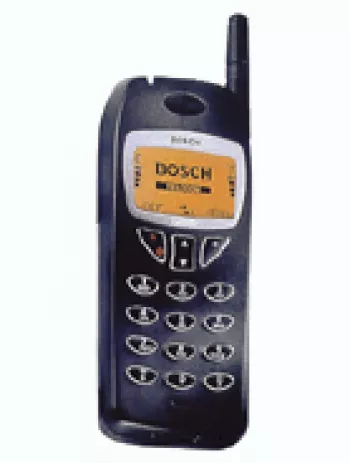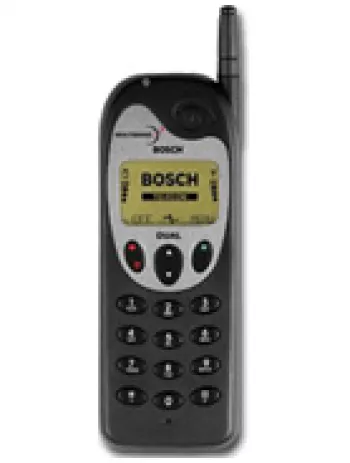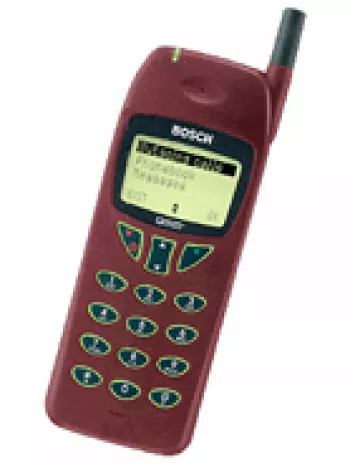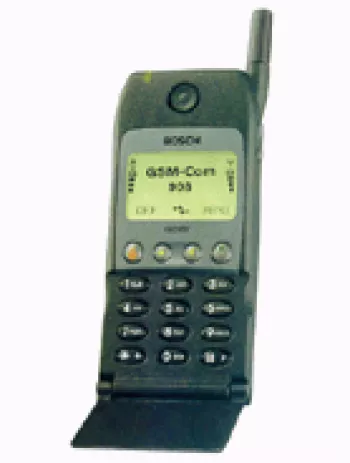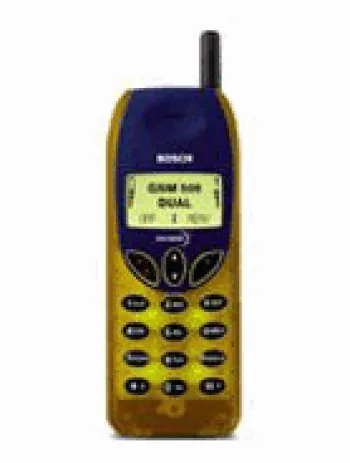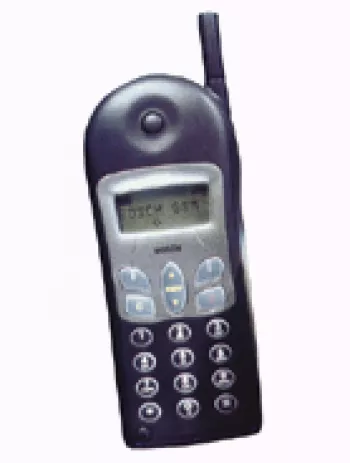
Overview of Bosch World 718
The Bosch World 718 was introduced in 1996 and has since been discontinued. As a feature phone, it was designed during a time when mobile technology was vastly different than today. The phone serves as an interesting piece of technological history, representing an era where basic functionality was prized over the advanced features present in current smartphones.
Network Capabilities
The device supported GSM communication networks, a standard which was widespread during its time of release. Specifically, it operated on GSM 900 and 1900 bands. Notably, the Bosch World 718 did not include GPRS or EDGE technologies, which were later developments in mobile connectivity that allowed for faster data transmission.
Launch and Status
Announced in 1996, the Bosch World 718 had a brief lifecycle typical for feature phones of its time and was eventually discontinued as technology advanced. Despite its discontinuation, it remains an interesting example of early mobile communication devices.
Body and Design
Featuring dimensions of 142 x 53 x 18 mm, the Bosch World 718 was relatively compact for its time, although quite larger compared to today’s standards. It weighed 189 grams, which might seem heavy now but was typical back then. The device used a Mini-SIM card, another characteristic detail from its era.
Display
The Bosch World 718 came with a monochrome graphic display, which was common in feature phones during the mid-1990s. The resolution supported 4 lines of 16 characters each, emphasizing text over graphics and providing users with basic information and messaging capabilities without the need for complex media interactions.
Memory and Storage
In terms of memory, the phone did not support external card slots, reflecting the typical configuration of mobile devices at that time. It featured a phone book capacity for up to 100 entries and could track call records for the last 10 dialed, received, and missed calls. This functionality was adequate for user needs at the time, focusing on fundamental communication functions.
Sound Features
Sound features on the Bosch World 718 included monophonic ringtones, a standard feature before polyphonic and MP3 ringtones became popular. The device did not include a loudspeaker or a 3.5mm headphone jack, indicating its primary focus on voice communication and basic alert functionalities.
Communication Features
The Bosch World 718 did not feature advanced modern communication technologies such as WLAN or Bluetooth, as these were not yet standard in mobile phones of this era. Likewise, it lacked GPS, radio, and USB connectivity, emphasizing its role as a straightforward communication device.
Additional Features
Although limited by today's standards, the Bosch World 718 included several utility features such as SMS messaging, a clock, and an alarm. It did not support web browsing or Java applications, both of which were emerging technologies in later years. Additionally, there were no built-in games, reflecting its utilitarian focus.
Battery Life
The phone used a removable Li-Ion 650 mAh battery, providing a standby time of up to 70 hours and a talk time of approximately 200 minutes. Battery technology in the 1990s centered on achieving maximum efficiency and longevity, a tradition that continues in modern mobile device design, albeit with far more advanced technologies.
Conclusion
The Bosch World 718 represents a fascinating snapshot of mobile technology during its time. With its basic functionality, it served users who required reliable communication without the additional functionalities that modern smartphones offer. It remains a nostalgic icon for those interested in the development of mobile technology, showcasing how far the industry has come since the mid-1990s.
Key Features of Bosch World 718
- Compact Design: Dimensions of 142 x 53 x 18 mm make it easy to hold and carry.
- Lightweight: Weighs only 189 g, making it portable and convenient.
- SMS Messaging: Stay connected with basic SMS communication.
- Removable Battery: Equipped with a removable Li-Ion 650 mAh battery for easy replacement.
- Decent Stand-by Time: Offers up to 70 hours of stand-by time, reducing the need for frequent charging.
- Basic Call Functionality: Maintains call records of up to 10 dialed, 10 received, and 10 missed calls.
Disadvantages of Bosch World 718
- Only supports GSM technology with limited 2G bands (GSM 900 / 1900)
- No GPRS or EDGE support for data services
- Discontinued product with limited support and updates
- Heavy weight (189 g) compared to modern devices
- Monochrome graphic display with low resolution (4 x 16 chars)
- No memory card slot for expandable storage
- Phonebook capacity limited to 100 contacts only
- No integrated camera feature
- No loudspeaker and only monophonic ringtones available
- Lacks standard 3.5mm headphone jack
- Absence of WLAN, Bluetooth, positioning, and radio features
- No USB connectivity
- No games or Java support for applications
View Also
More Phones
All Rights Reserved +14266 Phones © Mobilawy 2025














